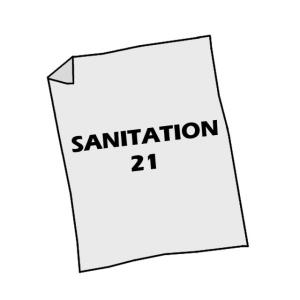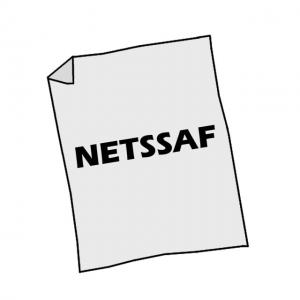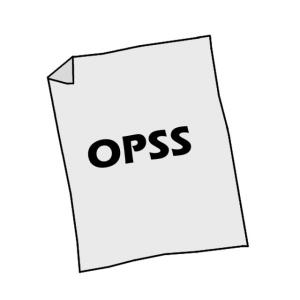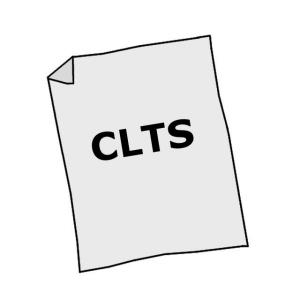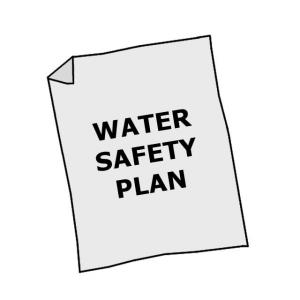Treated effluent and/or stormwater can be directly discharged into receiving water bodies (such as rivers, lakes, etc.) or into the ground to recharge aquifers.
| In | Out |
|---|---|
Precipitation, Freshwater, Fertigation Water, Treated Water, |
- |
The use of the surface water body, whether it is for industry, recreation, spawning habitat, etc., will influence the quality and quantity of treated wastewater that can be introduced without deleterious effects.
Alternatively, water can be discharged into aquifers. Groundwater recharge is increasing in popularity as groundwater resources deplete and as saltwater intrusion becomes a greater threat to coastal communities. Although the soil is known to act as a filter for a variety of contaminants, groundwater recharge should not be viewed as a treatment method. Once an aquifer is contaminated, it is next to impossible to reclaim it.
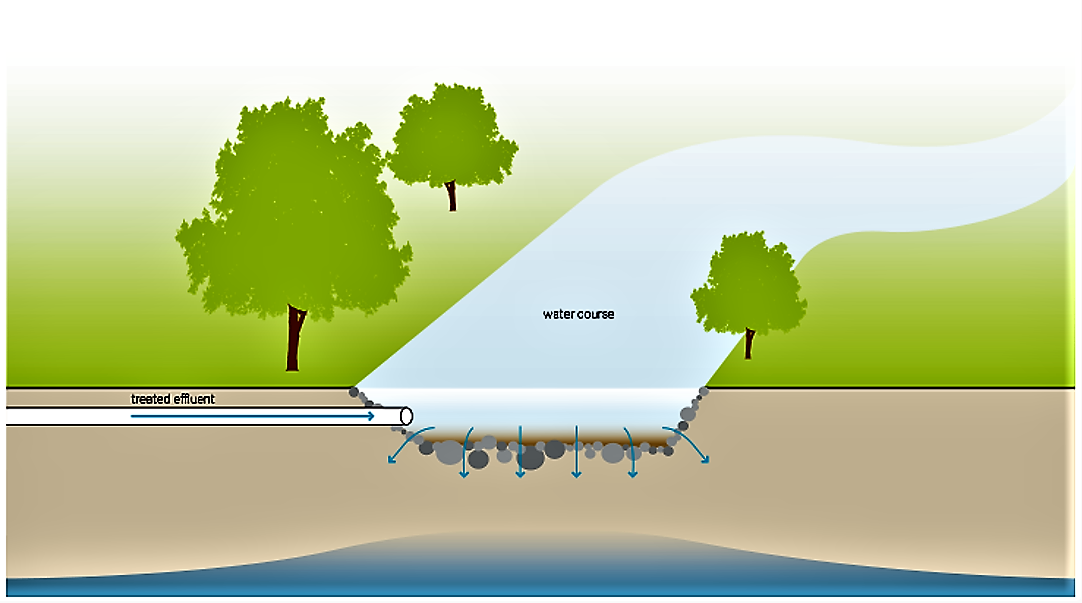
It is necessary to ensure that the assimilation capacity of the receiving water body is not exceeded, i.e. that the receivingbody can accept the quantity of nutrients without being overloaded Parameters such as turbidity, temperature, suspended solids, BOD, nitrogen and phosphorus (among others) should be carefully controlled and monitored before releasing any water into a natural body. Local authorities should be consulted to determine the discharge limits for the relevant parameters as they can widely vary. For especially sensitive areas, a post-treatment technology (e.g., chlorination, see also post treatment methods) may be required to meet microbiological limits.
The quality of water extracted from a recharged aquifer is a function of the quality of the wastewater introduced, the method of recharge, the characteristics of the aquifer, the residence time, the amount of blending with other waters and the history of the system. Careful analysis of these factors should precede any recharge project. See also surface groundwater recharge and subsurface groundwater recharge to read more on typical methods how to recharge groundwater.
Generally, cations (Mg2+, K+, NH4+) and organic matter will be retained within a solid matrix, while other contaminants (such as nitrates) will remain in the water. There are numerous models for the remediation potential of contaminants and microorganisms, but predicting downstream or extracted water quality for a large suite of parameters is rarely feasible. Therefore, potable and non-potable water sources should be clearly identified, the most important parameters modelled and a risk assessment completed.
Regular monitoring and sampling is important to ensure compliance with regulations and to ensure public health requirements (see also water pollution and pathogens and contaminants). Depending on the recharge method, some mechanical maintenance may be required.
The adequacy of discharge into a water body or aquifer will entirely depend on the local environmental conditions and legal regulations. Generally, discharge to a water body is only appropriate when there is a safe distance between the discharge point and the next closest point of use (see also water pollution and pathogens and contaminants). Similarly, groundwater recharge is most appropriate for areas that are at risk of saltwater intrusion or aquifers that have a long retention time. Depending on the volume, the point of discharge and/or the quality of the water, a permit may be required.
Guidelines for Assessing the Risk to Groundwater from On-Site Sanitation
Many people in developing countries rely upon untreated groundwater supplies for their drinking water (e.g. from drilled boreholes, tube wells, dug wells or springs). The introduction of on-site sanitation systems might lead to groundwater contamination. The purpose of this manual is to provide guidance on how to assess and reduce the risk of contamination of groundwater supplies from on-site sanitation systems and is aimed at those responsible for planning low cost water supply and sanitation schemes.
ARGOSS (2001): Guidelines for Assessing the Risk to Groundwater from On-Site Sanitation. (= Commissioned Report , 142 ). Keyworth: British Geological Survey URL [Accessed: 11.05.2019]Groundwater Recharge from Run-off, Infiltration and Percolation
Wastewater Engineering, Treatment and Reuse
Guidelines for the safe use of wastewater excreta and greywater. Volume III. Wastewater and Excreta Use in Aquaculture
Volume III of the Guidelines for the Safe Use of Wastewater, Excreta and Greywater deals with wastewater and excreta use in aquaculture and describes the present state of knowledge regarding the impact of wastewater-fed aquaculture on the health of producers, product consumers and local communities. It assesses the associated health risks and provides an integrated preventive management framework.
WHO (2006): Guidelines for the safe use of wastewater excreta and greywater. Volume III. Wastewater and Excreta Use in Aquaculture. Geneva: World Health Organisation URL [Accessed: 08.05.2019]

